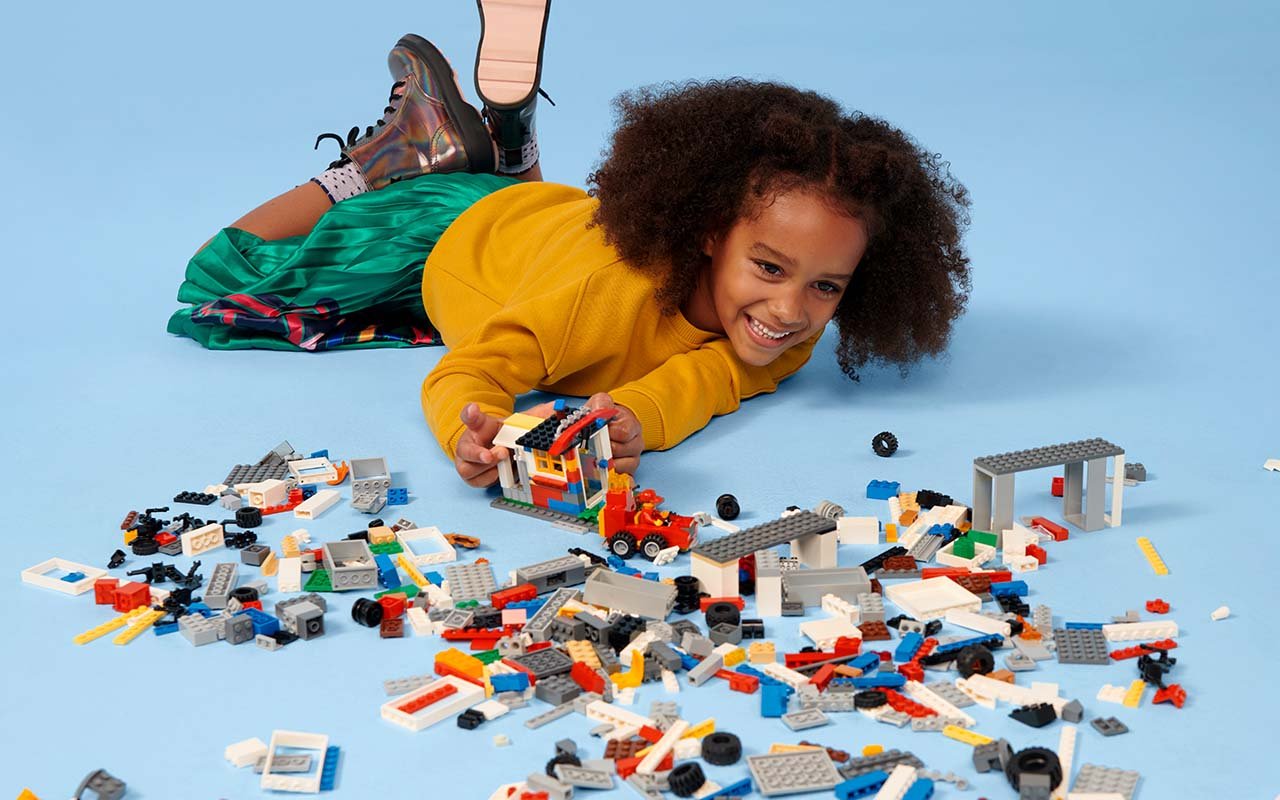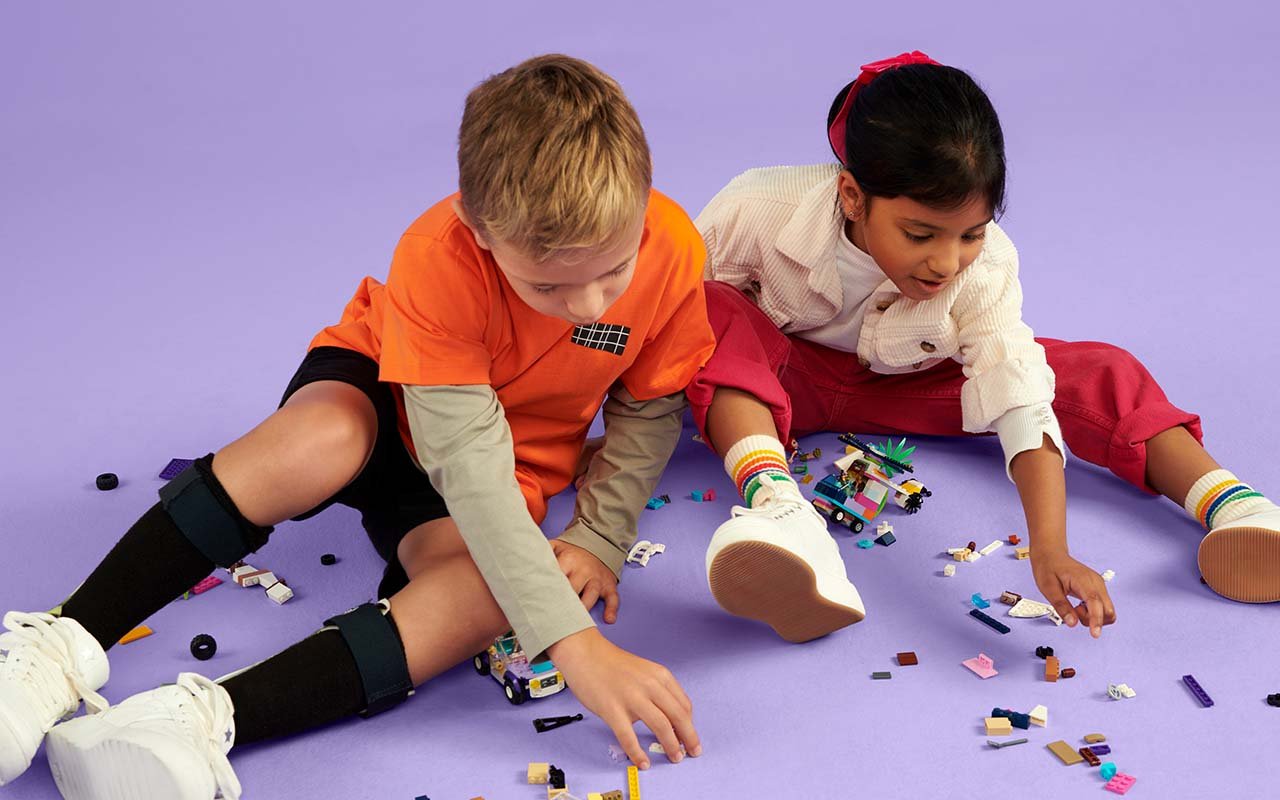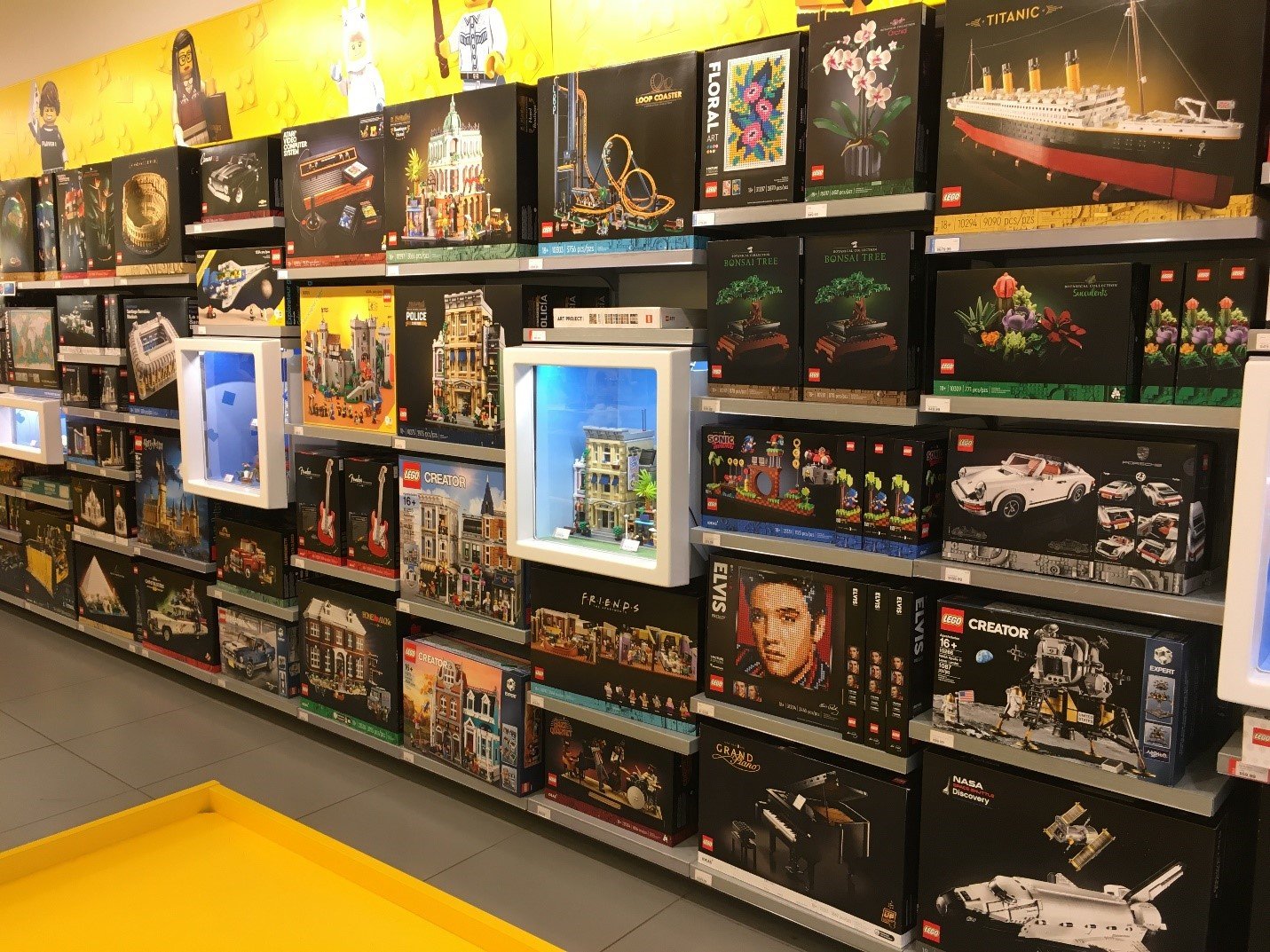LEGO Launches New “Children Welcome” Marketing Initiative
/The LEGO Group has announced a massive new “Children Welcome” marketing initiative set to reprioritize the company’s efforts to focus on their core but oft-neglected audience: kids.
Following in the footsteps of their “Adults Welcome” campaign where LEGO prioritized advanced builders and complex sets in slick black packaging, this new initiative will see the company roll out the red carpet for kids to entice them back into the hobby.
Children Welcome
In their press release on the change, LEGO indicated that the company was perhaps a little over-zealous in their pursuit of adults’ optional rent money at the expense of ignoring their go-to market of children ages 12 and under. As this change will undoubtedly affect AFOLs worldwide, we thought it best to let LEGO speak for itself:
Image via LEGO.
The LEGO Group Launches “Children Welcome” Global Initiative
BILLUND, Denmark — The LEGO® Group is pleased to announce a new marketing campaign aimed at putting children back at the center of its focus. The “Children Welcome” initiative signals a shift away from targeting adult consumers and towards empowering and inspiring the next generation of builders and creators.
As part of this campaign, LEGO® will be refocusing its marketing efforts to showcase the joy and educational value of LEGO® products for children. This will include new advertisements, social media content, smaller sets, and in-store experiences that highlight the imagination, creativity, and fun that come with building with basic LEGO® bricks.
“We believe that every child has the potential to become a master builder, and our mission is to help them unleash their creativity and imagination," said Björk Schoenwald, LEGO® Marketing Director for the Northern Hemisphere. ”With the ‘Children Welcome’ initiative, we want to remind everyone that LEGO® is a toy for children, and we want to inspire them to build, learn, and grow through play."
LEGO® has a long history of providing children with engaging and educational play experiences, from traditional wooden toys and classic brick sets to newer products that incorporate technology and storytelling. The “Children Welcome” initiative builds on this legacy and reinforces the brand’s commitment to empowering the next generation of builders and creators.
“We’ve discovered through our testing and research that children today face many challenges and distractions, but we also know that play is a critical part of their development and wellbeing,” added Schoenwald. “With the ‘Children Welcome’ initiative, we hope to encourage more children to discover the joy and learning opportunities that come with building and playing with LEGO®, just like adults have discovered the joy of building sets for static display the past few years."
The “Children Welcome” initiative will launch globally in the coming weeks and last until the company’s centennial celebration. LEGO® is excited to share this new chapter in its brand story with children and families around the world.
Image via LEGO.
Deprioritizing AFOLs
While a shift in priorities from LEGO might seem intuitive, AFOL purchases have traditionally represented 20% of the company’s revenues which are now at risk. We chatted with LEGO Marketing Director Björk Schoenwald in a round table call with other fan media what upcoming changes we should expect to see.
Björk Schoenwald, LEGO® Marketing Director for the Northern Hemisphere
BrickNerd: Thank you for the opportunity to speak with you. As we only have three questions, we’d like to focus our allotted time on adults who were not mentioned in your press materials. What led LEGO to decide to move away from the AFOL market?
Schoenwald: Adults have been a key audience for LEGO and will continue to be. The incredible success of the “Adults Welcome” campaign shows our willingness to engage in that market. The pandemic really opened up opportunities to target them with time-intensive products, but as their display shelves fill up, we found they have less interest in purchasing bigger and bigger sets. That led us to look elsewhere for another audience who can grow into the next generation of adult collectors.
BrickNerd: What were some of the key findings from the research you conducted ahead of the initiative?
Schoenwald: We interviewed many children in focus groups and found that a majority of kids felt neglected when they saw our product catalog. The larger sets offered at prices outside of the capabilities of their allowance money only served to tease them about what they could only dream to purchase but couldn’t afford. We also found that children like to play with LEGO sets rather than put them on a shelf to just look at. The findings really challenged some of our preconceived assumptions about our core consumers.
BrickNerd: What changes can we expect to see as a result of this new initiative?
Schoenwald: The biggest change will be adding more color to our set catalog. It ends up that kids like colorful sets rather than black boxes. We actually had to change our logo for this marketing initiative when we realized we had accidentally fallen into our old habits of making everything sleek and black.
LEGO’s unused logo for the “Children Welcome” initiative.
You will also start to see an influx of smaller sets hitting the market with less focus on nostalgia and more centered on play functions and scheduled frivolity. It surprised us to learn that kids these days don’t have as much emotional attachment to legacy films and television shows from the 80s and 90s.
Finally, we will also be switching our VIP points program to “Kidz Koinz” since we found that children don’t associate with the term VIP and would rather be targeted by a subscription-based service offering small sets for affordable microtransactions.
Image via LEGO.
End of an Era
By all accounts, LEGO’s “Adults Welcome” campaign of the past three years was very successful—perhaps too successful. With adults being targeted and welcomed with open arms by the toymaker (who might better be called a collectibles maker at this point), we can see how children started to feel pushed out of the way and marginalized. Just take a look at this recent photo of a LEGO Store with almost half of the shelf space dedicated to dark boxes.
We asked a few of the kids of BrickNerd contributors about their opinion on the change. Though our study was highly unscientific, here are some of their responses which potentially reveal some of the negative side effects of the “Adults Welcome” initiative:
“The toy aisle should be for toys and now even the LEGO Store is all for adults. I’m glad it can go back to a place where I feel welcome.”
“LEGO talks about making sets that kids see themselves in. The only way I’ve felt that was seeing the sets get so big that I could literally see myself physically getting into one of them they are so huge.”
“Black boxes are boring.”
Time will tell if the “Children Welcome” marketing initiative is successful and finds the right audience for LEGO. We can imagine the reaction from the AFOL community will be quite harsh as they are deprioritized, but we can see how focusing on future adults might be a lucrative play for future growth. All we can say is that we hope LEGO doesn’t end up chasing the pendulum back and forth between kids and adults every few years and hopefully can find a balance that works best for everyone involved. That way, everyone will feel welcome.
Image via LEGO.
What do you think of LEGO’s new “Children Welcome” initiative? Leave your thoughts in the comments below.
Do you want to help BrickNerd continue publishing articles like this one? Become a top patron like Charlie Stephens, Marc & Liz Puleo, Paige Mueller, Rob Klingberg from Brickstuff, John & Joshua Hanlon from Beyond the Brick, Megan Lum, Andy Price, John A. and Lukas Kurth from StoneWars to show your support, get early access, exclusive swag and more.
























